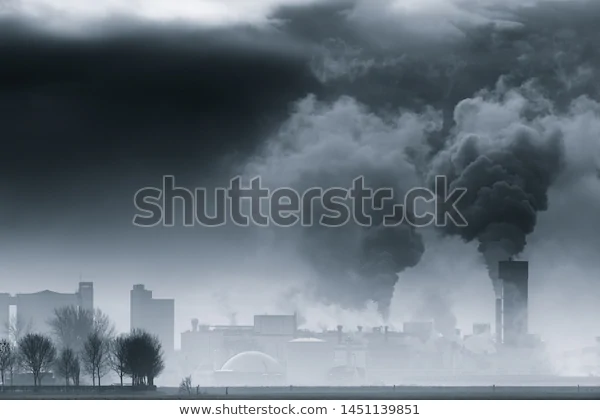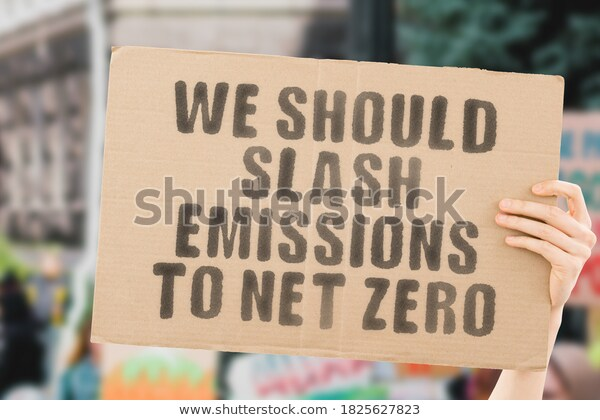WHAT ARE CARBON DIOXIDE EMISSIONS?
Carbon dioxide emissions are produced from industrial processes and sometimes from industrial energy systems via the combustion of fossil fuels. Carbon dioxide emissions are greenhouse gases that are responsible for global warming. We need to get rid of carbon dioxide emissions and other greenhouse gases from industry.
That’s what we call decarbonisation: getting rid of carbon, getting rid of all greenhouse gases, so that we have no pollution from the industrial sector. Now, this is important to keep the rise in temperature at less than 1.5°C and to align with the Paris agreement. The industrial sector is considered a hard-to-update or a hard-to-decarbonise sector.

And that’s because every industrial facility, every industrial plant, is different. There is no one-size-fits-all solution to decarbonise an industry.
That’s what we call decarbonisation: getting rid of carbon, getting rid of all greenhouse gases, so that we have no pollution from the industrial sector. Now, this is important to keep the rise in temperature at less than 1.5°C and to align with the Paris agreement. The industrial sector is considered a hard-to-update or a hard-to-decarbonise sector. And that’s because every industrial facility, every industrial plant, is different. There is no one-size-fits-all solution to decarbonise an industry.
Decarbonisation of the industrial sector is difficult, but it can be achieved. In fact, the industrial sector is on its way to becoming a zero polluter, getting to net-zero carbon. The question is when.
THREE WAYS TO DECARBONISE INDUSTRY

There are a number of ways to decarbonise the industrial sector, which we can group into three major categories. The first, which is the least costly, and which has already started but we need to see more of it happening, is material and energy efficiency. Let’s use materials more efficiently so that we reduce demand for raw materials, reduce demand for energy and improve efficiency in the systems that process materials or supply energy. Material and energy efficiency can enable reductions in industrial CO2 emissions by at least 30%. We can have a 30% reduction in CO2 at a cheaper price. The next strategy to decarbonise industry is switching to less carbon-intensive fuels – so switching away from fossil fuels and switching away from raw materials that have a high carbon content. Now, I call this “fuel and material switching”.
It’s not as cheap as energy efficiency, but it’s something that we need to do if we want to have more aggressive or radical reduction in CO2 emissions. So, moving away from natural gas, for example, to hydrogen or to biomass or to synthetic methane. It’s also moving to electricity that is produced from renewable energy sources. The third thing to do to decarbonise industry is carbon capture, utilisation and storage (CCUS). This is necessary because some industrial processes can produce carbon as a by-product. Therefore, an increase in energy efficiency or switching fuels may not lead to a reduction in CO2 from these types of processes, especially in the iron and steel sectors. In these cases, carbon capture, utilisation and storage is something that can be done.
